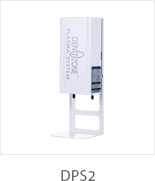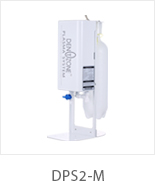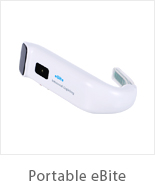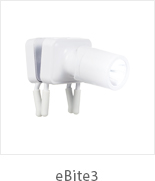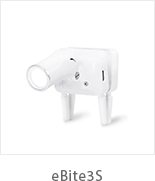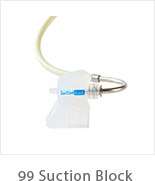| Title | Transmission is an essential component in a vehicle's powertrain syste… |
|
Benefits: The primary benefit of a power door lock actuator is convenience. With just a press of a button, drivers can lock or unlock all the doors of the vehicle simultaneously, saving time and effort. This is especially useful in situations where quick access to the vehicle is needed, such as in emergencies or bad weather. The primary function of a crankshaft is to transfer the up-and-down motion of the pistons into rotational motion that drives the vehicle's wheels or powers other equipment. This conversion of motion is achieved through the design of the crankshaft, which typically consists of a series of offset cranks and connecting rods that are connected to the pistons. As the pistons move up and down within the cylinders, they exert force on the connecting rods, which in turn rotate the crankshaft. 1. Air Conditioning Systems: Air conditioning systems are commonly used in homes, offices, and commercial buildings to cool indoor spaces. These systems typically consist of an outdoor unit that contains a compressor and condenser, and an indoor unit that contains an evaporator and a fan. The refrigerant circulates between the indoor and outdoor units, absorbing heat from the indoor air and releasing it outside. Common Issues: Despite their utility, power door lock actuators can develop issues over time due to wear and tear. Common problems include slow or noisy operation, failure to lock or unlock all doors, or complete malfunction. These issues can be caused by a variety of factors, such as electrical faults, mechanical failures, or physical damage to the actuator. Replacement: If a power door lock actuator fails, it is essential to have it replaced promptly to restore the full functionality of the door locking system. Replacement actuators are widely available and can be installed by a professional mechanic or as a do-it-yourself project for those with mechanical skills. Regular maintenance of the power steering system, including checking fluid levels and ensuring proper belt tension, can help extend the life of the power steering pump. If any of the above signs are observed, it is crucial to have the power steering pump inspected and repaired by a qualified mechanic. Ignoring issues with the power steering pump can lead to more serious problems and compromise the safety and handling of the vehicle. Proper maintenance and care of the transmission are essential to ensure its longevity and optimal performance. Regular fluid checks and changes, as well as following the manufacturer's recommended service schedule, can help prevent potential issues and extend the lifespan of the transmission. Additionally, power door lock actuators enhance the security of the vehicle by providing a quick and reliable way to secure the doors. This feature helps prevent unauthorized access and theft, offering peace of mind to drivers and passengers. Within automatic transmissions, there are different variations such as traditional automatic transmissions, continuously variable transmissions (CVT), and dual-clutch transmissions (DCT). Each type has its own unique design and functionality, but they all work towards the same goal of efficiently transferring power from the engine to the wheels. In conclusion, cooling systems are essential for maintaining comfortable indoor environments and preserving perishable items. Understanding the different types of cooling systems, their components, and how they work can help individuals and businesses make informed decisions about selecting and maintaining the appropriate cooling system for their needs. The power steering pump is a device that helps supply pressurized hydraulic fluid to the power steering system. It is usually driven by the engine through a belt and pulley system. The pump plays a crucial role in transmitting power from the engine to the steering gear, which in turn helps the driver turn the wheels with minimal effort. The heater core is essentially a smaller radiator located inside the dashboard of the vehicle. It is connected to the engine's cooling system via heater hoses, which allow hot coolant to flow through the core. When the vehicle's heater is turned on, the fan blows air through the heater core. As the warm coolant circulates through the core, heat is transferred to the air passing through it. This heated air is then directed into the interior cabin through the vents, providing warmth to the occupants. These systems are designed to remove heat from a space or a piece of equipment to maintain a comfortable or optimal operating temperature. In this article, we will explore the different types of cooling systems, their components, and how they work. 1. Compressor: The compressor is the heart of a cooling system and is responsible for compressing the refrigerant gas to a high pressure. This process raises the temperature of the gas, allowing it to release heat when it reaches the condenser. The heater core is a vital component of a Vehicle Speed Sensor Input's heating system, responsible for providing warmth and comfort to passengers during cold weather. Understanding how the heater core works, common issues that can arise, and the importance of regular maintenance can help drivers ensure that their heating system functions properly when needed. By taking care of the heater core and the overall cooling system, drivers can stay warm and comfortable inside their vehicles regardless of the outside temperature. |
|
